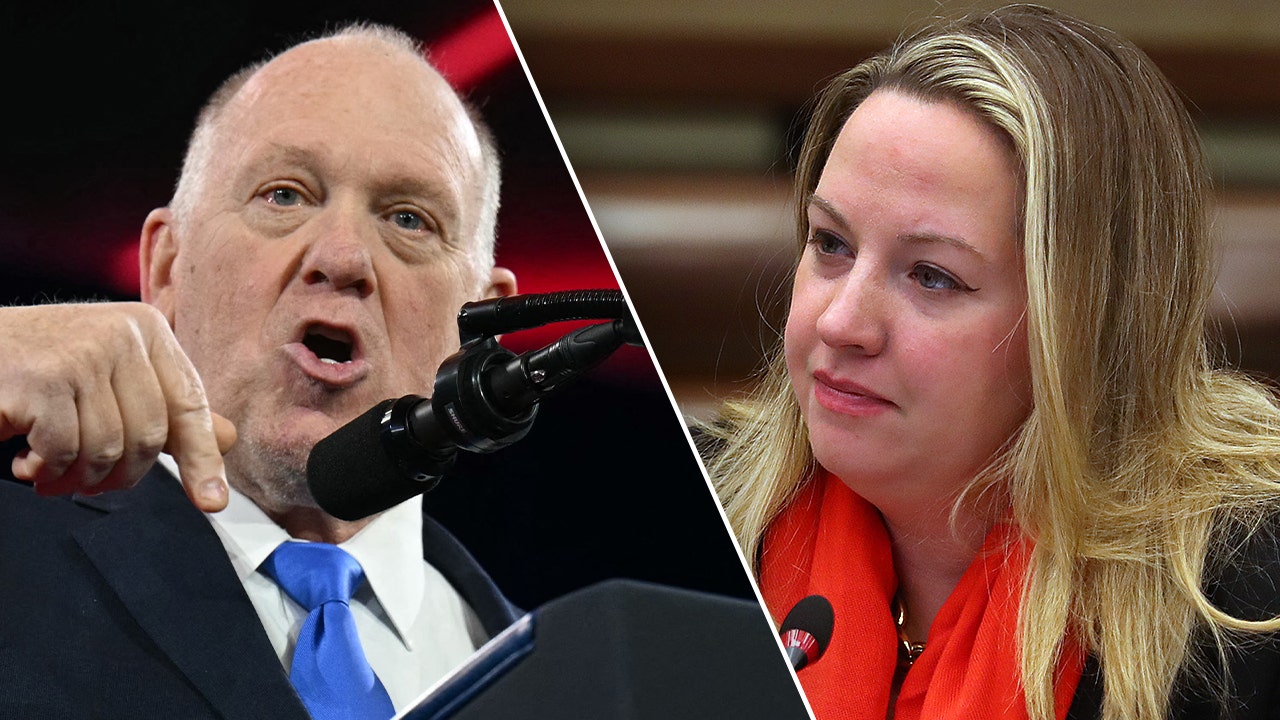Gun Control Laws Fall as Courts Chart an Uncertain Path to the Future

More than two years after the U.S. Supreme Court reaffirmed and expanded its interpretation of the Second Amendment, state and federal courts across the country have struck down multiple restrictive gun laws, while leaving others in a state of uncertainty, Stateline’s Matt Vasilogambros reported. The 2022 New York State Rifle & Pistol Association Inc. v. Bruen decision, which set a new standard requiring gun regulations to align with the nation’s historical traditions, has emboldened challenges to gun control laws, delivering key victories for Second Amendment supporters and raising questions about the future of gun control efforts.
Wins for pro-gun groups have mounted in the wake of Bruen. In recent months, courts have struck down high-profile restrictions in traditionally blue states. In October, a federal judge ruled New York’s ban on carrying concealed weapons on private property open to the public unconstitutional (two weeks later an appeals court in the same district ruled the law was constitutional setting up further appeals). This followed a September ruling in Illinois, where a federal court found the state’s ban on concealed firearms on public transit violated the Second Amendment. In Minnesota, the U.S. Court of Appeals for the 8th Circuit upheld a lower court’s decision in July, ruling that age restrictions preventing adults under 21 from carrying handguns were also unconstitutional.
Bill Sack, director of legal operations at the Second Amendment Foundation, described the legal battles as a historic opportunity for gun rights in comments to Stateline.
“The second Bruen came down, there was the starting gun for a sprint, for which we have not stopped yet,” Sack said. “Stuff is ripe for a fresh challenge.”
Sack emphasized that many challenges now center on key questions left unanswered by the Supreme Court’s ruling. These include determining who can own a firearm, what types of weapons and accessories can be restricted and where firearms can legally be carried.
“We are making major inroads,” Sack added. “The arc of history will show that this time period was very good for us and very bad for them.”
However, gun control advocates argue that Sack’s optimism may be premature. Esther Sanchez-Gomez, litigation director at the Giffords Law Center, told Stateline that recent cases have upheld certain restrictions. While a federal judge struck down Illinois’ assault weapons ban earlier this year, the 7th Circuit Court of Appeals allowed the law to remain in effect pending appeal. Similarly, Maryland’s ban on assault weapons was upheld in August by the 4th Circuit.
“There’s movement on assault weapons,” Sanchez-Gomez explained. “I wouldn’t say that it’s a lost issue universally. Rather, I’d say that there’s a lot of different results coming out and that courts have yet to coalesce.”
The New Standard and Its Fallout
The 2022 Bruen ruling marked a significant shift in Second Amendment jurisprudence, Stateline reported, moving away from a test that considered public safety to one rooted in historical comparisons. Justice Ketanji Brown Jackson has criticized the standard, saying it forces judges “into service as amateur historians.”
While pro-gun rulings have proliferated, the Supreme Court’s recent decision in United States v. Rahimi demonstrated the justices’ willingness to allow some restrictions to stand. In that case, the court upheld a federal law banning firearm possession by individuals with domestic violence restraining orders, a ruling celebrated by gun control advocates. Yet, Justice Brett Kavanaugh noted in a concurring opinion that “Second Amendment jurisprudence is in its early innings,” suggesting more cases are on the horizon.
What Lies Ahead
Gun rights advocates remain optimistic, viewing this moment as a chance to dismantle overly restrictive laws on age limits, magazine capacities and arbitrary “sensitive place” designations that impede lawful gun ownership. Some federal circuits, such as the 9th Circuit, have upheld laws restricting guns in bars, parks and polling places, while allowing them in other locations like hospitals and public transit.
Gun control proponents, meanwhile, have grown increasingly concerned. Adam Garber, executive director of CeaseFirePA, told Stateline that while there are risks, there is still room for courts to preserve public safety measures.
“The reality is that there is a real risk to gun safety laws across the nation because of a radical interpretation,” Garber said. “But we also saw courts say, ‘Wait, wait, wait, we’re not saying no gun safety laws are allowed.’”
For now, the future of gun control remains uncertain as lower courts interpret Bruenourt with varying outcomes, more of them leaning toward common sense, logic and freedom. With more than 1,600 cases citing the decision and appeals pending across the country, both sides of the debate agree that the legal battles are far from over. Whether the Supreme Court will step in again to clarify the limits of the Second Amendment remains to be seen, but the stakes could not be higher for preserving Americans’ constitutional right to bear arms.
Read the full article here







